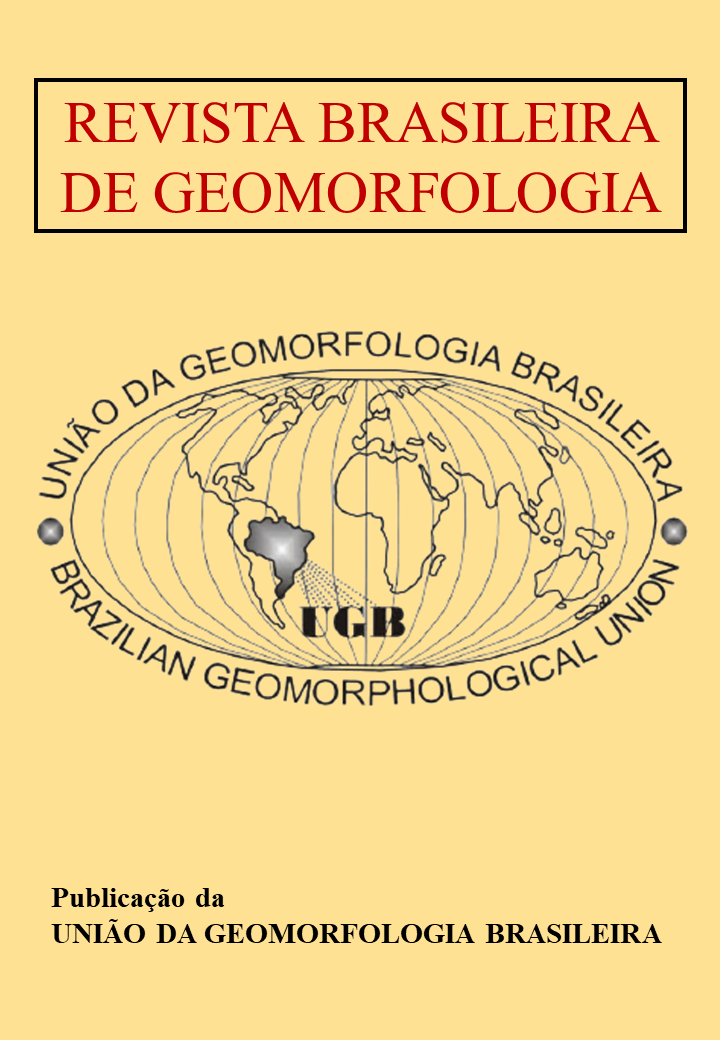Dynamics of a macrotidal estuary along 400 years based on historical maps and remote sensing: Araguari river, Amazon coast, Brazil
DOI:
https://doi.org/10.20502/rbg.v26i3.2534Keywords:
estuaries, Morphological Changes, historical charts, remote sensingAbstract
Estuaries are environments subject to rapid morphological changes driven by variations in hydromorphological and climatic patterns. On the Amazon coast, these transformations have also been intensified by anthropogenic processes. Remote sensing imagery enables the detection of such changes in much greater detail than historical maps. This study presents the morphological evolution of the Araguari River estuary from the 17th to the 21st century, based on a multitemporal analysis of historical maps and remote sensing imagery, correlated to field data. The results indicate that the morphology of the outer meander of the river's mouth was short-life: it formed during the 18th century and was infilled in 2014. The colmatation of drainages channels within the tidal-influenced floodplain and a point bar formation on the estuarine margin, coincided with the disappearance of Carpori Island - a key element of the Cabo Norte paleo physiography. Morphological changes in the estuarine plain, observed since the mid-20th century, are associated with the formation of mid-channel bars and mouth bars as a result of the interaction between tidal bores, tidal currents, and fluvial processes. Over the past 40 years, multitemporal analyses have revealed a superposition of natural processes and anthropogenic interventions.
Downloads
Downloads
Published
How to Cite
Issue
Section
License

This work is licensed under a Creative Commons Attribution-NonCommercial 4.0 International License.
Author (s) retain copyright and grant the journal right of first publication with the work simultaneously licensed under the Creative Commons Attribution License that allows sharing the work with recognition of its initial publication in this journal.








